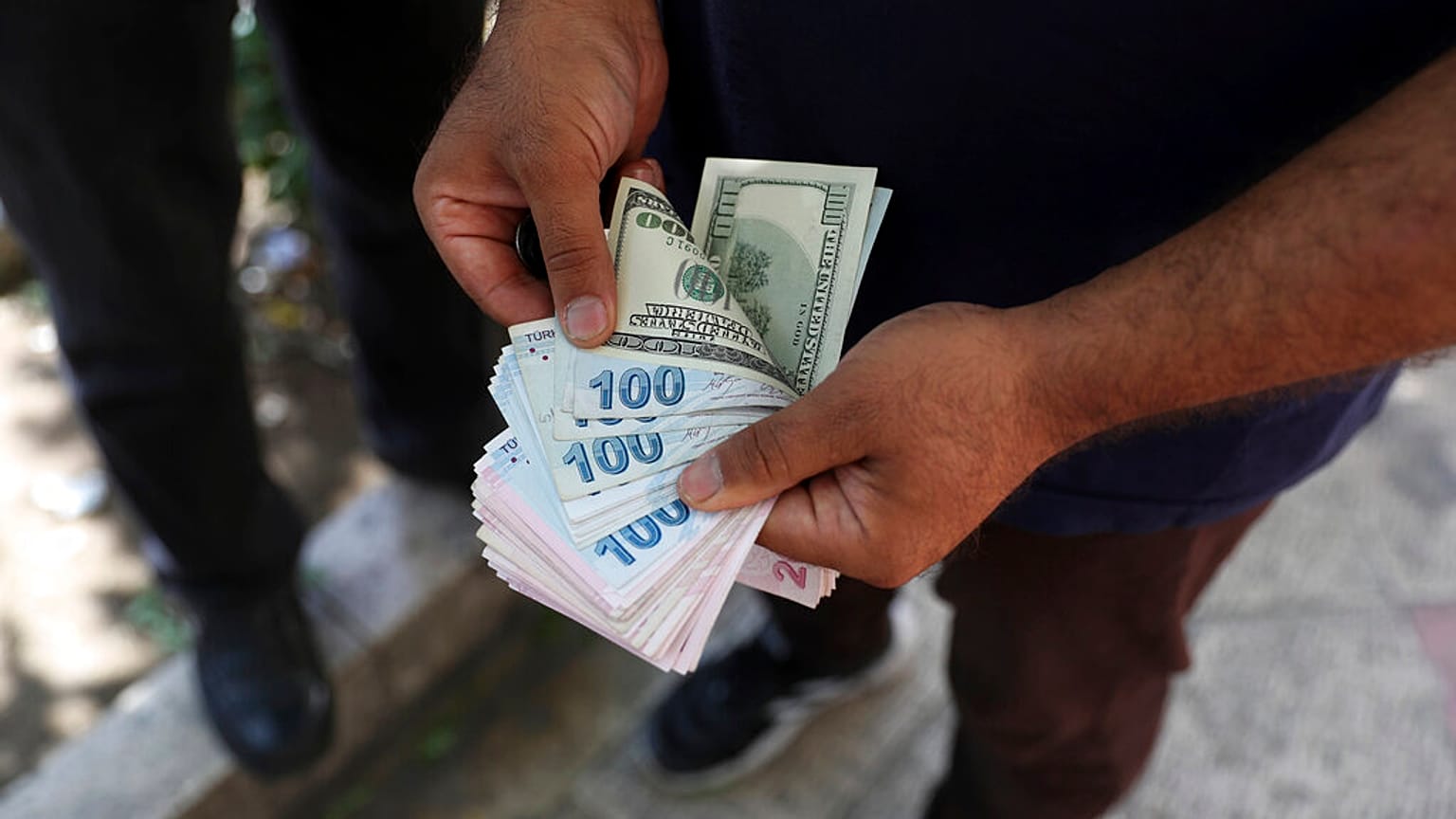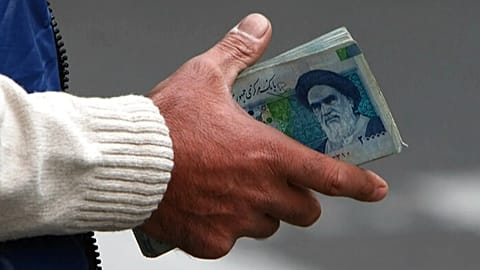The rial lost 17% in the past four months in the free market against the US dollar, as Iran tackles inflation soaring above 40%.
The escalating risk of a direct military confrontation between the US and Iran is hitting the Middle Eastern country's economy hard: its currency the rial has been tumbling against the US dollar in recent months.
The intensification of attacks by Iranian-backed militias in the Middle East against US positions is fuelling these fears and putting increasing pressure on Iran's economy.
The rial has suffered a sharp devaluation on the free market, which is not officially recognised by the central bank.
The dollar was worth 498,000 rials in Tehran's free market on 6 October, a day before Hamas attacked Israel. As of the early afternoon of 29 January - a day after the deadly attack by Iran-backed Houthis on the US military base in Jordan - the rate reached 582,500 rials, which is the lowest rate in the past 11 months.
Meanwhile, one euro stood at 630,500 rials on Monday, which is a historical record in the Tehran currency market.
Analysts believe that concerns about a direct military confrontation between Iran and the US have been the main influence on the 17% weakening of the rial in just a few months.
Iranian households are trying to squirrel away their savings by buying dollars while battling inflation, which was slightly above 40% in December 2023 and down from its peak of 55.5% in April.
Inflation has not been below 10% in Iran since 2018.
However, the Central Bank of Iran has repeatedly said that it does not accept the exchange rate of the free market. The central bank considers the rate set by the Iran Center for Exchange to be official, which has increased by 4.1% since 6 October 2023 and reached 429,210 rials to the dollar.
According to the law approved by the Iranian parliament two years ago, buying and selling foreign currencies in the free market is considered smuggling and is punishable.
The Central Bank of Iran has also prohibited the free sale of currency to the public by bureaux de change and has also restricted the transfer of rials from personal bank accounts.
The fear of a potential war has spilt from the currency market over the Tehran Stock Exchange too, whose index (TEDPIX) lost around 1% by early Monday afternoon and more than 4% altogether in the past 40 days.
Meanwhile, government officials in Iran continue to claim that the turmoil in the financial markets is down to the activity of illegal currency brokers on social media and keep reassuring the public that things will settle soon.


















